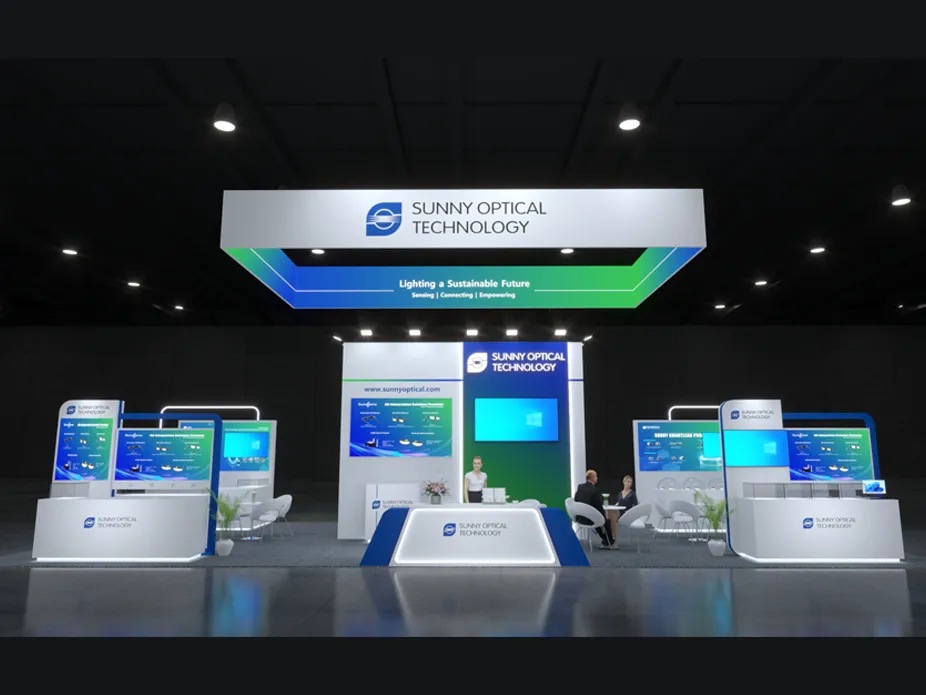The continued development of self-driving technology has made cameras one of the most important sensors in all cars, and vehicle lenses, as the core optical component of cameras, are experiencing major trends in their development. This is both an opportunity and a challenge.
The current situation in the industry is that there is fierce competition in the low-end camera LED lens market, resulting in low profit margins for lens suppliers; while the high-end camera LED lens market has high industry thresholds, making design and production difficult.
For example, ADAS requires strong algorithm binding, which poses a great challenge in the process of algorithm binding. The optical axis of the camera LED lens must be kept as close to the center as possible during the operation of the car, which is a major challenge.
Especially considering the increasingly high resolution requirements, the number of LED lenses will increase, making it increasingly difficult to ensure the precision of the optical axis. Since the camera LED lenses used in DMS and OMS are facing inside the car, the space left is very small, generally not exceeding 12 mm in length. At the same time, ensuring the optical and thermal performance of the lens presents a major challenge in the tolerances control of optical design and production.
With the development of the resolution of vehicle lenses, non-spherical glass has become a major trend in limited-space and high-reliability scenarios.
Compared to manual parking observation by human eyes, automatic parking function requires higher stability of the optical axis and image clarity even at different temperatures.
The angle tolerance of conventional cameras is relatively large, with a standard tolerance of 5%, but actual camera LED lenses can achieve good results of 2% to 3%. According to customer demand, the angle accuracy can reach less than 0.5%. Such accuracy is extremely difficult to achieve and requires high tolerance control of parts during assembly and final adjustment to control FoV.
The advent of the era of self-driving cars is both an opportunity and a challenge. To achieve high-quality and cost-effective products in the middle and high-end markets in the future, it is necessary to re-select the supply chain, reduce the cost of non-spherical glass, develop customized products to meet the needs of different customers.
There are many vehicle lens manufacturers, why should customers choose us? The most important thing is to implement the optimal market plan and be the most competitive.

【Exhibition Invitation】Visit us at CES 2026!
2025-12-10

Sunny Optical Gets Group LiDAR Standard Approved, Using Innovative Optical Solutions to Unlock Key Step in Mass Production
2025-11-25
![[Exhibition Invitation] Sunny Automotive Optech Invites You to the 26th China International Optoelectronic Exposition (CIOE 2025) [Exhibition Invitation] Sunny Automotive Optech Invites You to the 26th China International Optoelectronic Exposition (CIOE 2025)](/uploads/image/20250908/首图7.webp)
[Exhibition Invitation] Sunny Automotive Optech Invites You to the 26th China International Optoelectronic Exposition (CIOE 2025)
2025-09-08

Inquiry
Excellent Customer Service Ability
Key customer manager mechanism
Oversea supporting points
Excellent Process Control Ability
Fully automated production
DMC traceability management
VDA6.3 / IATF16949 verifications
Excellent R&D Ability
Advanced technology new product development cooperation
Cost-effective optical solution proposal based on customer needs
Ecosystem resource integration